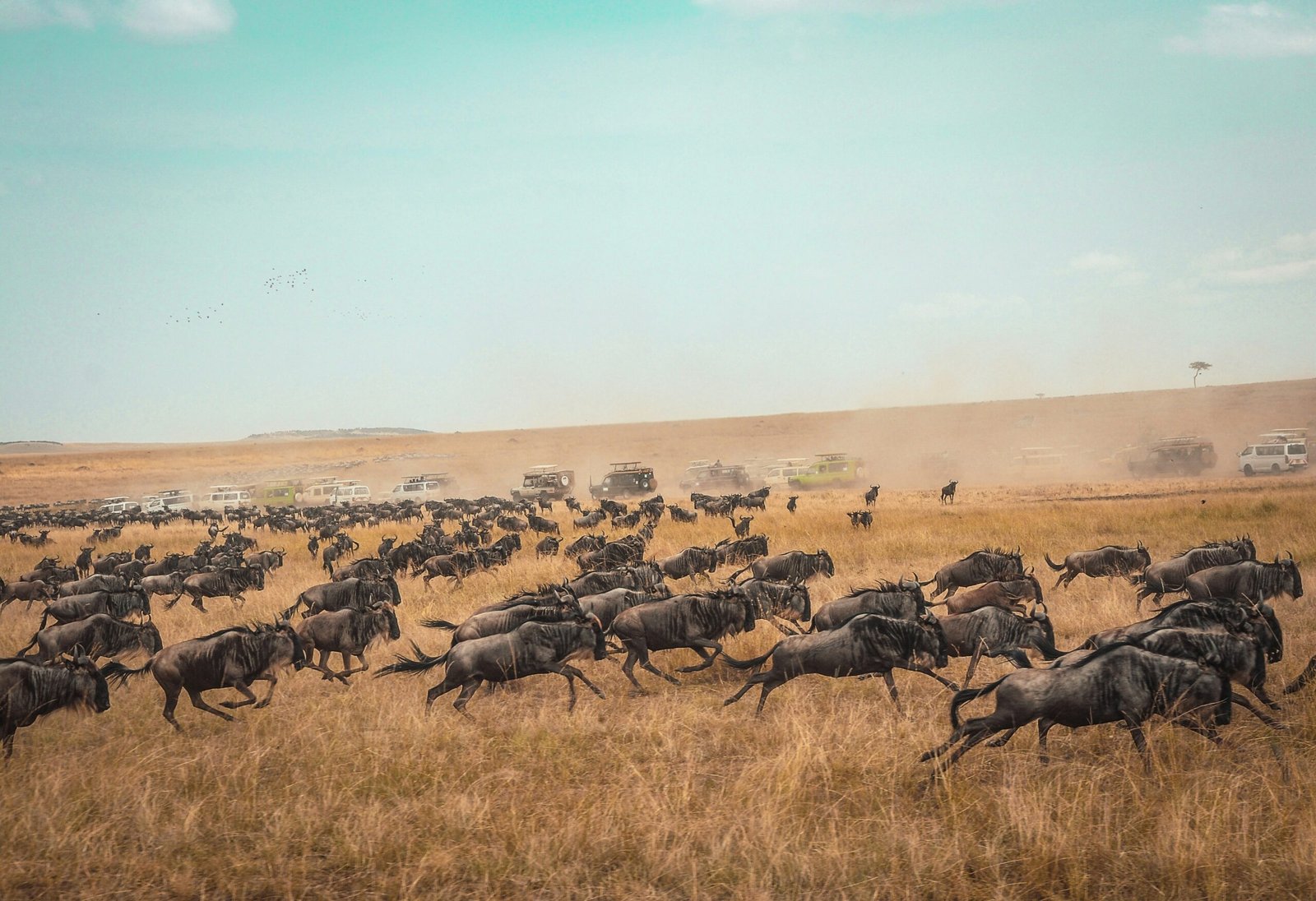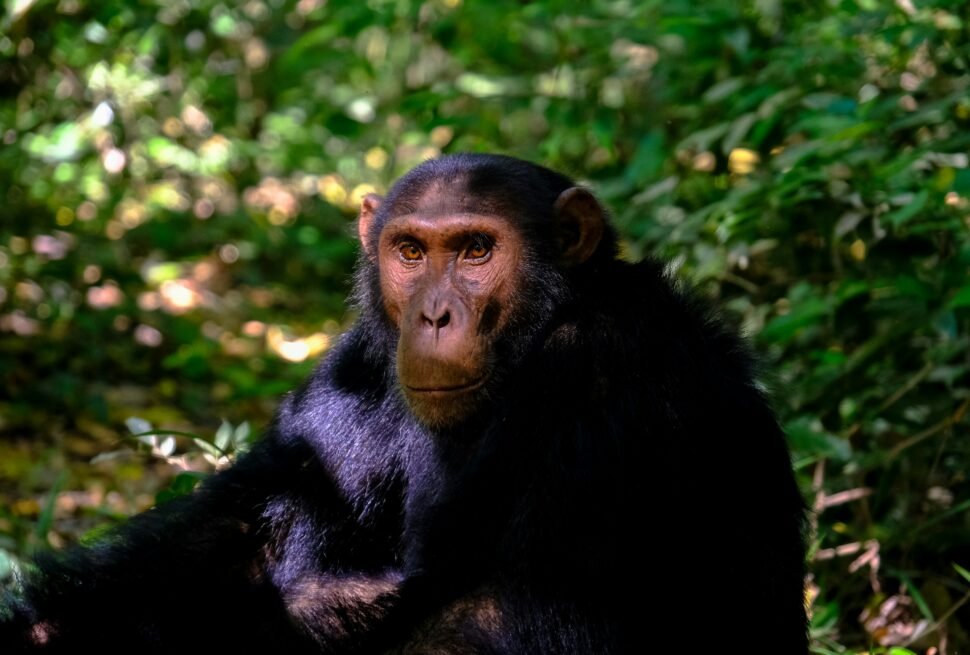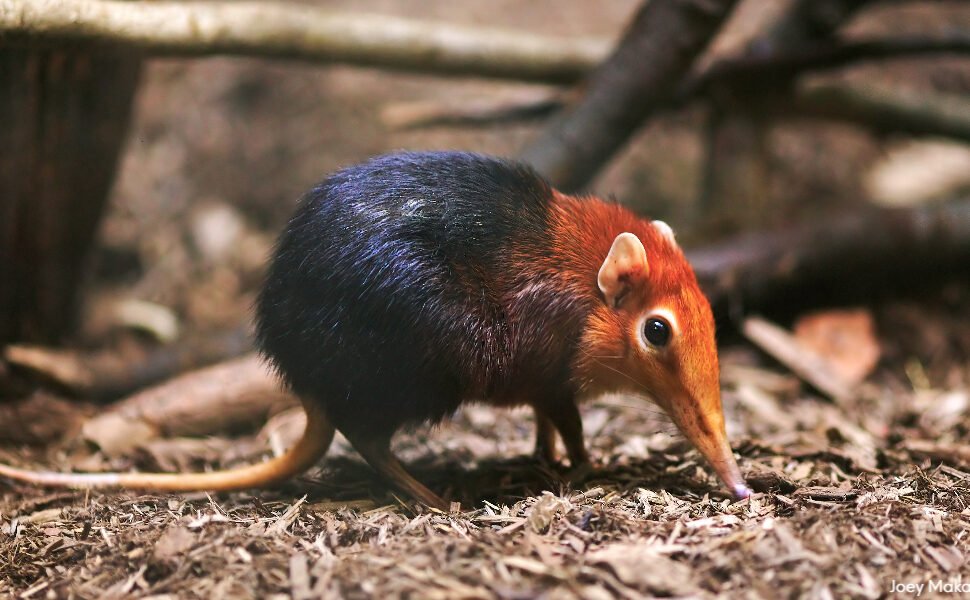Table of Contents
Introduction
Nature is filled with events so impressive that they capture our imagination and remind us of the intricate balance that holds our planet together. Among these events, the Great Migration stands out as one of the most spectacular. Though the term often brings to mind images of thousands or even millions of wildebeest moving in unison across the plains of East Africa, migrations happen all over the globe with different animal species—from the smallest insects to the largest mammals. This massive, organized movement of animals over land, through the air, or across the oceans is not merely a random trek; it is a strategic and life-sustaining phenomenon.
In this article, we will explore the phenomenon of the Great Migration in detail. We will look at what it really means, why animals undertake such challenging journeys, and the variety of species involved. You will learn about the ecological importance of migration, the threats that endanger these journeys, and ongoing conservation efforts to protect migratory species. Finally, we will discuss why human beings must recognize the significance of migration, not just as a spectacle but also as a critical part of Earth’s natural processes.
Whether you are a wildlife enthusiast, a student, a tourist planning a trip to witness one of these migrations, or someone with a general interest in the wonders of the natural world, understanding the Great Migration is essential. It is a story of survival, resilience, and the interconnectedness of life on Earth. This article aims to present this topic in clear and accessible language for anyone—regardless of your level of English proficiency—to learn, be inspired, and be motivated to protect these wonders.
Defining the Great Migration
When we talk about the Great Migration, we are referring to large-scale, often seasonal, movements of animal populations from one region to another. These journeys happen for several reasons: searching for food, finding suitable breeding areas, or escaping harsh climates. Animals follow specific routes, usually guided by environmental cues such as changes in temperature, rainfall patterns, and the availability of resources.
Among all examples of migration, the most famous is perhaps the annual migration of wildebeest, zebras, and gazelles across the Serengeti-Mara ecosystem in East Africa. This massive movement involves more than 1.5 million wildebeest, accompanied by roughly 200,000 zebras, and various species of gazelles. However, migrations are not exclusive to Africa. In North America, vast herds of caribou move seasonally. Arctic terns travel from the Arctic to Antarctica and back again every year, completing some of the longest migrations on Earth. Monarch butterflies journey thousands of kilometers from the northern regions of North America to the forests of central Mexico. And in the oceans, animals like humpback whales, sea turtles, and salmon undertake impressive journeys spanning thousands of miles.
What makes these migrations “great” is not just their scale, but also their incredible impact on ecosystems, as well as the sheer effort and risk involved for the animals that undertake them. Migratory journeys can last for weeks or even months, often involving perilous routes, predators, and extreme natural conditions. Despite these challenges, many species continue to migrate each year, following patterns that have evolved over thousands of generations.
Why Animals Migrate
Migration is a survival strategy. It is nature’s way of helping animals cope with changing environmental conditions, avoid competition, and increase the chances of reproductive success. Below are some of the main reasons animals migrate:
- Food and Water Availability
Animals often move to areas where food and water are more plentiful. For example, in the Serengeti, when the dry season sets in, grass becomes scarce. Wildebeest, zebras, and gazelles follow rain patterns to find lush grasslands. This movement ensures they have enough resources to survive and reproduce. - Breeding and Nesting
Some species, like salmon, return to the rivers where they hatched in order to spawn. Loggerhead sea turtles travel to the very beaches where they were born to lay eggs. By returning to known breeding grounds, these animals maximize their offspring’s chances of survival. - Climate and Seasonal Changes
Many birds in the Northern Hemisphere fly south during winter to avoid the cold and scarcity of food. Monarch butterflies travel to warmer regions in Mexico, escaping frosts that could kill them. Migrating to milder climates allows these species to find adequate shelter and food. - Predator Avoidance
While migration can expose animals to new dangers, staying in one place year-round can also heighten the risk of predation and disease. By moving, animals can temporarily escape from certain predators and reduce competition for limited resources.
In all these cases, migration is not a leisure trip; it is often a life-or-death requirement. Migratory species have evolved physiological and behavioral adaptations—such as storing fat reserves, navigating through innate mechanisms, and traveling in groups—that help them survive these demanding journeys.
The African Great Migration
When people hear “the Great Migration,” the first thing that often comes to mind is the movement of wildebeest and their fellow herbivores across the Serengeti in Tanzania and into Kenya’s Maasai Mara. This cycle continues year-round, following the rains and fresh grass growth. This specific event is remarkable not only because of the sheer numbers of animals involved but also because of the intricate predator-prey interactions it sustains.
- Calving Season (January to March)
In the Southern Serengeti, around January and February, female wildebeest give birth. Approximately half a million calves are born within a few weeks. This sudden abundance of newborns provides a bounty for predators, making it a dramatic time to observe the interactions between prey and hunters such as lions, hyenas, and cheetahs. - Journey to the West and North (April to June)
As the dry season approaches, the grass in the south diminishes. The herds move northward and westward, often in long lines that can stretch for miles. Along the way, they must cross rivers and terrain where predators wait for easier prey. - Mara River Crossing (July to October)
One of the most famous and dangerous parts of the migration is the crossing of the Mara River. The river is home to large crocodiles that lie in wait. Many wildebeest and zebras do not survive. Some drown in strong currents, and others become prey. Yet, the majority somehow manage to cross, eventually reaching the lush grasses of the Maasai Mara. - Return South (November to December)
When the rainy season starts in the southern Serengeti, the herds return. This completes the cycle, setting the stage for the next calving season.
During each leg of this journey, many animals are lost to predation, disease, or fatigue. But for the survivors, this trek is essential; it ensures that the population has access to enough grass to feed the entire herd. This event sustains not just the migratory herbivores but also countless predators, scavengers, and other species that depend on the cycle of life and death that unfolds on the savannas of East Africa.
Global Migratory Phenomena
Although the African Great Migration may be the most well-known, migration is a widespread phenomenon. Animals of various sizes, habitats, and continents undertake astonishing journeys:
- Monarch Butterflies (North America)
Each year, millions of monarch butterflies travel south from Canada and the northern United States to central Mexico. This journey can cover distances of up to 4,000 kilometers. What makes it more astonishing is that the butterflies that arrive in Mexico are several generations removed from those that initially departed in spring, yet they somehow find the same overwintering sites. - Arctic Terns (Northern and Southern Poles)
The Arctic tern holds the record for the longest migration of any bird. These small, graceful birds breed in the Arctic and sub-Arctic regions, then travel all the way to Antarctica, before returning north—a round trip that can exceed 70,000 kilometers in a single year. Over its lifetime, an Arctic tern may travel the equivalent distance of going to the moon and back. - Humpback Whales (Across the Oceans)
Humpback whales migrate between polar feeding grounds and tropical or subtropical breeding grounds. During the feeding season, they stock up on krill and small fish in cold, nutrient-rich waters. Later, they travel thousands of kilometers to warmer areas to mate and give birth. - Caribou (North America)
In the Arctic regions of North America, caribou form massive herds that traverse tundra landscapes in search of lichen and other food sources. Their migration routes can span more than 1,000 kilometers, and the herds can number in the hundreds of thousands of individuals. - Salmon (River Systems)
After spending several years maturing in the ocean, adult salmon return to their natal rivers to spawn. They swim upstream, often leaping over waterfalls and navigating around dams. This journey is not only exhausting but also extremely risky, as they are hunted by bears, eagles, and other predators along the way.
Each of these migrations plays a vital role in the ecosystem where it occurs. For instance, when salmon swim upriver and die after spawning, their decomposing bodies deliver essential nutrients to river ecosystems, supporting forests and a variety of other wildlife.
Challenges and Threats During Migration
Migration is inherently risky due to the distances covered, the presence of predators, and uncertain weather conditions. However, human activities have introduced new threats that make these journeys even more perilous:
- Habitat Destruction
Rapid urbanization, deforestation, and agricultural expansion reduce or fragment the habitats through which animals migrate. When a migratory path is cut off by roads, fences, or buildings, animals may be unable to complete their journeys. - Climate Change
Alterations in rainfall patterns, temperature, and sea levels can shift the timing of food availability. For example, if plants bloom earlier due to warmer temperatures, migratory birds may arrive too late to feed on the insects that depend on those plants. Likewise, melting sea ice in the Arctic threatens species like polar bears and walruses. - Poaching and Overfishing
In some regions, migratory animals face hunting pressures that reduce their populations. For instance, overfishing can disrupt the journey of salmon. Poachers may target elephants migrating across national boundaries, taking advantage of fewer enforcement measures in remote areas. - Pollution
Chemical pollutants, plastic waste, and oil spills can contaminate feeding and breeding grounds. This not only reduces food quality but can also poison migratory species directly. - Collisions with Human Infrastructure
Birds collide with wind turbines and skyscrapers, while marine animals can become entangled in fishing nets or collide with ships. These accidents can kill or severely injure migratory species.
These challenges underline the importance of preserving natural habitats and maintaining healthy ecosystems. If migration routes are blocked or if key resources become unavailable, entire species can face population declines that might be difficult to reverse.
Ecological Significance of Migration
Migration is not just beneficial for the animals that undertake it; it also plays a critical role in maintaining healthy ecosystems:
- Nutrient Cycling
When migratory animals consume resources in one area and then excrete waste or decompose in another, they transport nutrients across large distances. For instance, the mass movement of wildebeest in the Serengeti helps distribute nutrients on the plains, aiding plant growth. - Seed Dispersal
Animals that feed on fruits and seeds often carry them across various landscapes. When they drop seeds through their waste or movement, they help new plants grow, promoting biodiversity. - Predator-Prey Dynamics
The movement of prey species ensures that predators, such as lions or wolves, can also move across territories, preventing overhunting in a single area. This cycle keeps the food web balanced. - Population Control
Migratory patterns prevent overcrowding and overconsumption of resources in one region. This allows habitats to recover and regenerate while animals are away. - Genetic Diversity
Some migrations bring together animals from different populations, increasing the opportunity for genetic exchange. A diverse gene pool can make a species more resilient to diseases and environmental changes.
Because migration affects so many facets of nature, the loss or disruption of migratory routes can have far-reaching consequences. It can lead to imbalances, like overgrazing in one region or a decline in predator populations in another.
Human Benefits from Healthy Migrations
People are often inspired by the beauty and drama of these natural journeys. But beyond aesthetic value, migrations offer direct benefits to humans:
- Tourism
Wildlife tourism associated with events like the Great Migration in East Africa injects money into local economies and provides jobs, from tour guides to lodging and hospitality services. This economic benefit can encourage conservation, as locals see wildlife as a valuable resource worth protecting. - Ecosystem Services
Healthy ecosystems, supported by migration, can lead to more reliable water sources, fertile soil, and balanced prey-predator relationships—all of which benefit human agriculture and livelihoods. - Cultural Significance
Many indigenous communities have cultural practices and traditions tied to the presence and migration patterns of certain animals. Protecting migratory species can help preserve these cultures and their ancestral knowledge. - Scientific Knowledge
Studying migration helps scientists understand animal behavior, climate change effects, and ecosystem dynamics. This knowledge can guide future conservation projects and even inform other fields of research, such as robotics (inspired by swarm or flock behaviors).
The Importance of Global Collaboration
Because migrations often span multiple countries, safeguarding them is not just a local issue. For example, the Serengeti-Mara ecosystem crosses the boundary between Tanzania and Kenya. If one country manages the land well but the other allows excessive poaching or habitat destruction, the migration will still suffer. The same principle applies to ocean migrations; a whale’s route can pass through waters belonging to several nations.
International cooperation involves setting shared goals, such as those outlined in agreements like the African-Eurasian Migratory Waterbird Agreement (AEWA) or the already mentioned Convention on Migratory Species (CMS). Through these arrangements, countries share data, fund joint conservation initiatives, and enforce laws consistently across borders. This can be challenging due to political and economic differences, but the survival of many migratory species depends on it.
Lessons from the Great Migration
The Great Migration and other similar phenomena teach us about more than just wildlife; they also reflect how interconnected life on Earth truly is. A single migration can influence everything from local vegetation growth to global nutrient cycles. For humans, these movements serve as a reminder that:
- We Share One Planet
The Earth’s ecosystems do not obey human-drawn borders. Actions taken in one region—like pollution or deforestation—can disrupt animal movements in another region thousands of kilometers away. - Resilience and Adaptation are Key
Animals that migrate have evolved extraordinary ways to deal with harsh weather, predators, and energy constraints. This resilience can inspire us to look for innovative solutions to our own challenges, including climate change. - Nature is Dynamic
A static view of nature, where animals live in fixed areas, is incorrect. Recognizing the fluidity of ecosystems—how animals move, how seasons shift, how resources fluctuate—will help us manage natural resources more sustainably. - Humans Have a Stewardship Role
Because of our large global footprint, we have a responsibility to manage the planet in a way that allows other species to thrive. If we fail to protect migratory routes and habitats, we risk losing some of nature’s most magnificent spectacles and the ecological benefits that come with them.
Overcoming Challenges for Future Generations
Looking ahead, we face the task of safeguarding these incredible journeys for future generations. Some steps we can take include:
- Supporting Conservation Organizations
By contributing to or volunteering with organizations that focus on migratory species, you help fund the research, monitoring, and policy work necessary to protect these animals. - Advocating for Policy Changes
Citizens can influence government decisions through voting, advocacy, and community organizing. Encouraging legislation that prioritizes wildlife corridors, enforces anti-poaching laws, and reduces carbon emissions can make a long-term difference. - Educational Initiatives
Schools and universities can integrate more comprehensive ecology and conservation topics into their curricula. Understanding the complexity of migrations from a young age fosters appreciation and responsible behavior towards wildlife. - Sustainable Tourism
If you plan to witness a migration in person, choose eco-friendly tour operators. Responsible travel practices, like minimizing waste and respecting local regulations, ensure that tourism remains a positive force for conservation. - Personal Lifestyle Choices
Reducing your carbon footprint, avoiding single-use plastics, and purchasing sustainably sourced products can indirectly benefit migratory species. These daily actions may seem small, but they add up when more people commit to them.
Conclusion
The Great Migration—and other migratory phenomena around the world—is truly one of nature’s most breathtaking displays. It represents a dance of survival that has evolved over millennia, guiding millions of animals across vast distances to find food, water, and safe breeding grounds. From the African savannas to the icy waters of the Arctic, and from the rivers of North America to the skies traversed by countless bird species, migration underscores the interconnectedness of all life on Earth.
Animals do not migrate for spectacle; they do it to live. These journeys shape ecosystems, distributing nutrients, supporting predators, and maintaining the delicate balance of food webs. Human activities—from habitat destruction and climate change to poaching and pollution—put enormous pressure on these processes.




